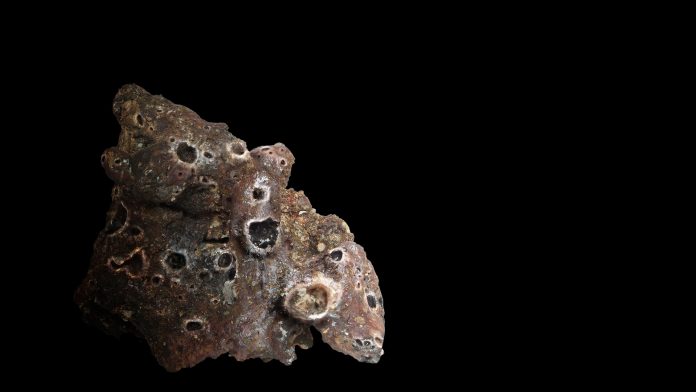NASA’s Origins, Spectral Interpretation, Resource Identification, Security, Regolith Explorer (OSIRIS-REx) mission has successfully collected a large asteroid sample.
The process of stowing the asteroid sample is unique and required the team’s continuous oversight and input over the two-day period. For the spacecraft to proceed with each step in the stowage sequence, the team had to assess images and telemetry from the previous step to confirm the operation was successful and the spacecraft was ready to continue. Given that OSIRIS-REx is currently more than 205 million miles from Earth, this required the team to also work with a greater than 18.5-minute time delay for signals travelling in each direction.
NASA Administrator Jim Bridenstine said: “This achievement by OSIRIS-REx on behalf of NASA and the world has lifted our vision to the higher things we can achieve together, as teams and nations. Together a team comprising industry, academia, and international partners, and a talented and diverse team of NASA employees with all types of expertise, has put us on course to vastly increase our collection on Earth of samples from space. Samples like this are going to transform what we know about our universe and ourselves, which is at the base of all NASA’s endeavours.”
The OSIRIS-REx team continually assessed the Touch-And-Go Sample Acquisition Mechanism’s (TAGSAM) wrist alignment to ensure the collector head was being properly positioned. Additionally, the team inspected images to observe any material escaping from the collector head to confirm that no particles would hinder the stowage process. StowCam images of the stowage sequence show that a few particles escaped during the stowage procedure, but the team is confident that a plentiful amount of material remains inside of the head.
The stowage process, originally scheduled to begin in early November, was expedited after sample collection when the mission team received images that showed the spacecraft’s collector head overflowing with material. The images indicated that the spacecraft collected well over 2 ounces of the asteroid named Bennu’s surface material, and that some of these particles appeared to be slowly escaping from the head. A mylar flap designed to keep the sample inside the head appeared to be wedged open by some larger rocks. The mylar flap is now fully closed, preventing the loss of the asteroid sample.
The OSIRIS-REx team will now focus on preparing the spacecraft for the next phase of the mission – Earth Return Cruise. The departure window opens in March 2021 for OSIRIS-REx to begin its voyage home, and the spacecraft is aiming to deliver the sample to Earth in September 2023.









